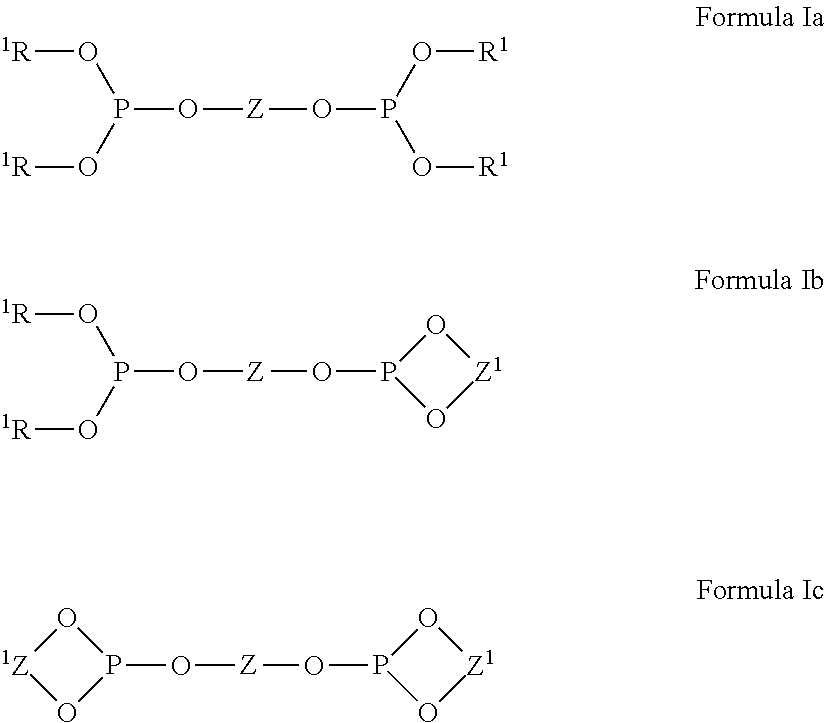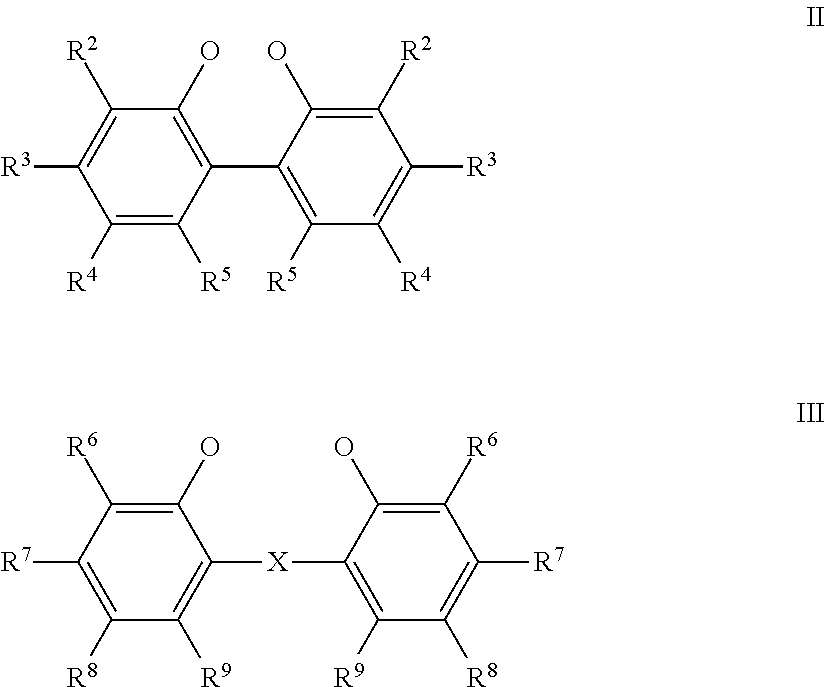Nickel compositions for preparing nickel metal and nickel complexes
a technology of compositions and nickel metals, applied in the field of nickel compositions, can solve the problem of insufficient reactivity of nickel metal powders of co-type 123
- Summary
- Abstract
- Description
- Claims
- Application Information
AI Technical Summary
Benefits of technology
Problems solved by technology
Method used
Image
Examples
example 1
[0070]A 1 molar NiCl2 solution (250 mL, 0.25 mole NiCl2) in water is charged to a 1 liter beaker then this solution is magnetically stirred with heating to 70° C. While maintaining this temperature, a precipitant solution comprising bicarbonate ions (25.2 gm of NaHCO3 dissolved in 400 mL water, 0.30 mole NaHCO3) is fed continuously into the beaker at a rate of 10 mL / min as the reaction mixture is sparged with added CO2 gas at a rate of 100 mL / min. At the conclusion of the precipitant solution addition, the total moles of bicarbonate ions fed per mole of nickel ions charged is 1.2:1. This addition causes a solid product, a BNC composition comprising nickel, to precipitate from the reaction mixture. After all the precipitant solution is added, the flow of carbon dioxide gas to the reaction mixture is then terminated and the resulting reaction mixture slurry is then allowed to digest for 2 hours at 70° C. At the conclusion of this digestion period, this slurry is then filtered using a ...
examples 2 to 5
[0073]The general procedure of Example 1 is repeated in Examples 2 to 5, except that the total moles of bicarbonate ions fed per mole of nickel ions charged is varied from 1.6:1 to 2.0:1 by adjusting the amount of NaHCO3 dissolved in the 400 mL water to prepare the precipitant solution. Results from the reaction of the resulting nickel-containing solids with the Ligand A solution and ZnCl2 are provided in Table 1.
TABLE 1Effect of the First Molar Ratio, Moles Bicarbonate IonsFed / Mole Nickel Ions Charged, on the Reaction of theResulting Nickel-Containing Solid with Ligand A andZnCl2 to Produce Nickel Complexes of Ligand A.Moles HCO3Precipitant SolutionIons Fed / MoleExamplegm NaHCO3mole NaHCO3Ni Ions Chargedppm Ni*125.20.301.21460233.60.401.61390337.80.451.81060439.30.471.9823542.00.502.092*As nickel complexes of Ligand A dissolved in the 3PN.
[0074]Examples 1 through 5 illustrate that as the amount of bicarbonate ions fed is increased relative to the nickel ions charged, there is a decl...
example 6
[0075]Example 2 is repeated except in the absence of sparging CO2 gas through the reaction mixture during the feeding of the sodium bicarbonate solution to the 1 liter beaker comprising the nickel ions. As shown in Table 2, greater amounts of nickel complexes are formed from the reaction of the resulting nickel-containing solid with the Ligand A solution and ZnCl2 when the solid product precipitates in the presence of added CO2 gas.
TABLE 2Effect of the Presence of Added CO2 Gas During thePrecipitation of the Solid Product on the Reaction of theResulting Nickel-Containing Solid with Ligand A andZnCl2 to Produce Nickel Complexes of Ligand A.Moles HCO3Precipitant SolutionIons Fed / MoleExamplegm NaHCO3mole NaHCO3Ni Ions Chargedppm Ni*233.60.401.61390633.60.401.6965*As nickel complexes of Ligand A dissolved in the 3PN.
PUM
| Property | Measurement | Unit |
|---|---|---|
| temperature | aaaaa | aaaaa |
| temperature | aaaaa | aaaaa |
| temperature | aaaaa | aaaaa |
Abstract
Description
Claims
Application Information
 Login to View More
Login to View More - R&D
- Intellectual Property
- Life Sciences
- Materials
- Tech Scout
- Unparalleled Data Quality
- Higher Quality Content
- 60% Fewer Hallucinations
Browse by: Latest US Patents, China's latest patents, Technical Efficacy Thesaurus, Application Domain, Technology Topic, Popular Technical Reports.
© 2025 PatSnap. All rights reserved.Legal|Privacy policy|Modern Slavery Act Transparency Statement|Sitemap|About US| Contact US: help@patsnap.com



